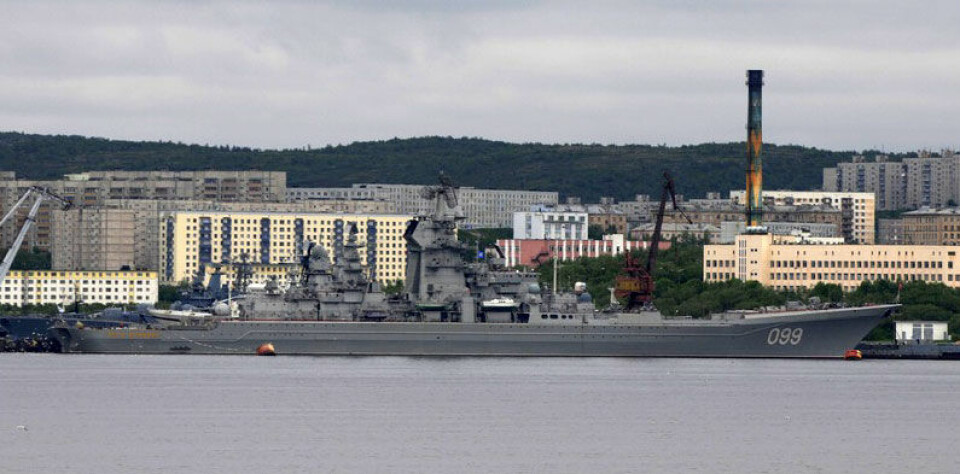
New hypersonic missile to be tested in White Sea before Christmas
The Tsirkon scramjet-powered cruise missile is said to travel at a speed making it impossible to intercept by any known means.
p.p1 {margin: 0.0px 0.0px 0.0px 0.0px; font: 11.0px ‘Helvetica Neue’; color: #000000}p.p2 {margin: 0.0px 0.0px 0.0px 0.0px; font: 11.0px ‘Helvetica Neue’; color: #000000; min-height: 12.0px}span.s1 {font-kerning: none}
The new tests of the missile will take place at a Northern Fleet naval range, according to TASS. The news agency quotes a source in defense circles of Russia’s Northwestern Federal District.
“A Tsirkon missile is expected to be launched from the White Sea before the end of the year. The specific date will be set as soon as te technical equipment is ready,” the source said.
The stand from where the missile will be launched is now under making on a pontoon.
Naval missile tests from pontoons have previously been arranged in the waters just outside Nenoksa naval test ground, a few tens of kilometers west of Severodvinsk in Arkhangelsk Oblast.
In August, a nuclear-powered Burevestnik missile exploded during recovery from the seabed underneath a pontoon. Five nuclear experts were killed and radioactive isotopes were released to the environment.
The Tsirkon missile is designed to destroy enemy surface ships at a range of up to 400 kilometers. Nesawisimaya Gazeta reports that the missile will be deployed on the nuclear-powered battle cruisers «Pyotr Velikiye» and «Admiral Nakhimov», the latter is still under modernization at the yard in Severodvinsk.
In addition, the Tsirkon will be part of the future armament onboard Russia’s new class of frigates and latest class of corvettes.
A infographic article posted by TASS informs that a submarine version of the Tsirkon missile will be found onboard the Yasen-class multi-purpose subs.

The article says the missile is «capable of hitting both sea and ground targets» and have range of 1.000 kilometers and can travel at a maximum speed of 9 Machs, which is about 2 kilometers per second.
















